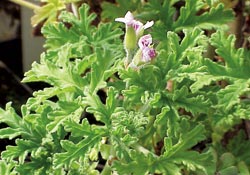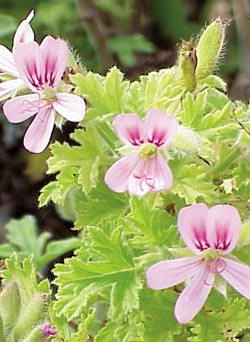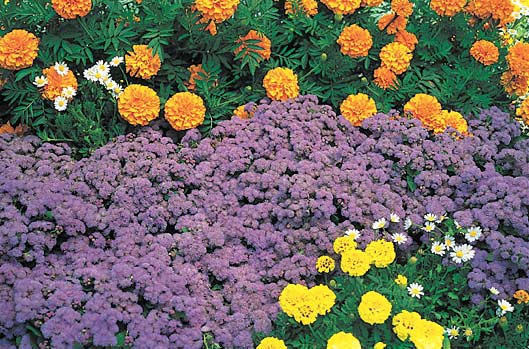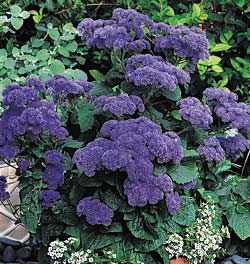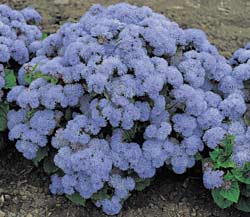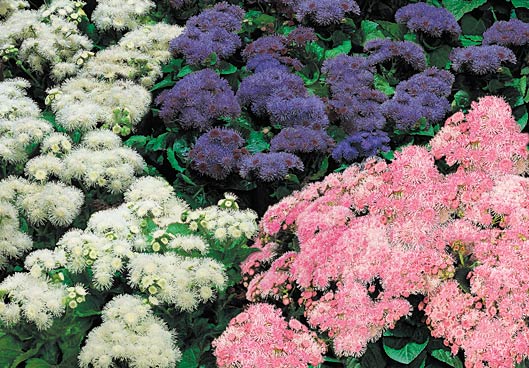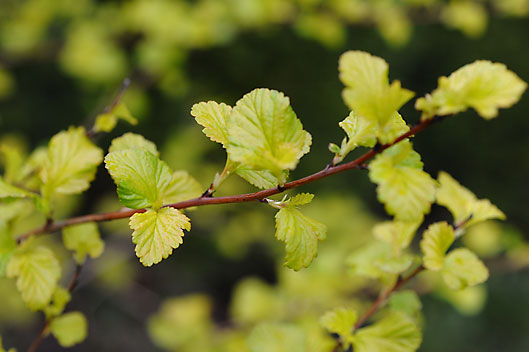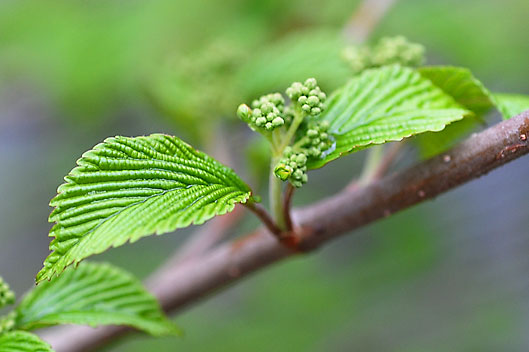I have a number of chrysanthemums which are about 1 foot tall. When is the best time to cut them back? What is the purpose of cutting them back?
You will want to cut your plants back twice during the growing season. The first cut will be early spring when the mums reach a height of 8 to 10 inches. At this time, cut about half the growth off. The second time you cut should be no later than July 1st, again cutting about half the growth off. This will not only triple the amount of flowers each plant will get, but also helps to keep the mums compact instead of tall and leggy.

